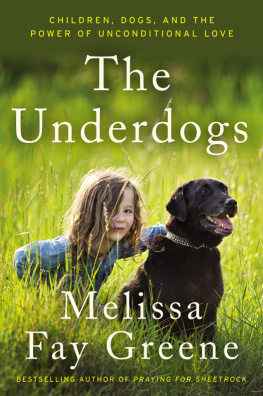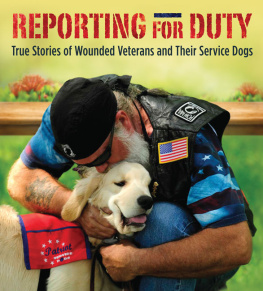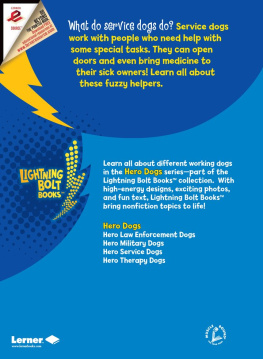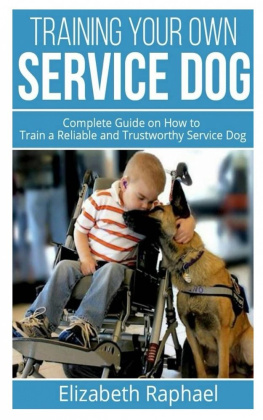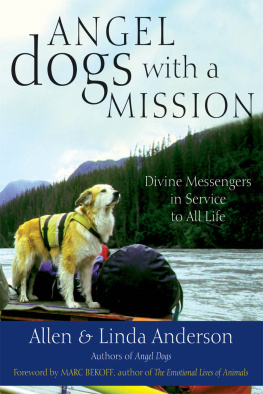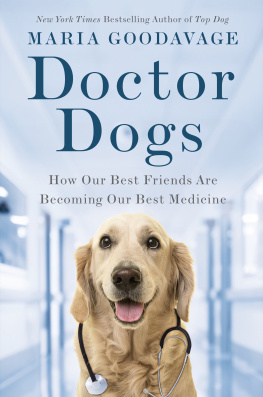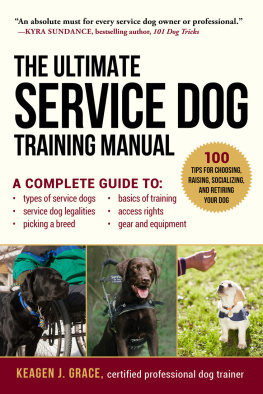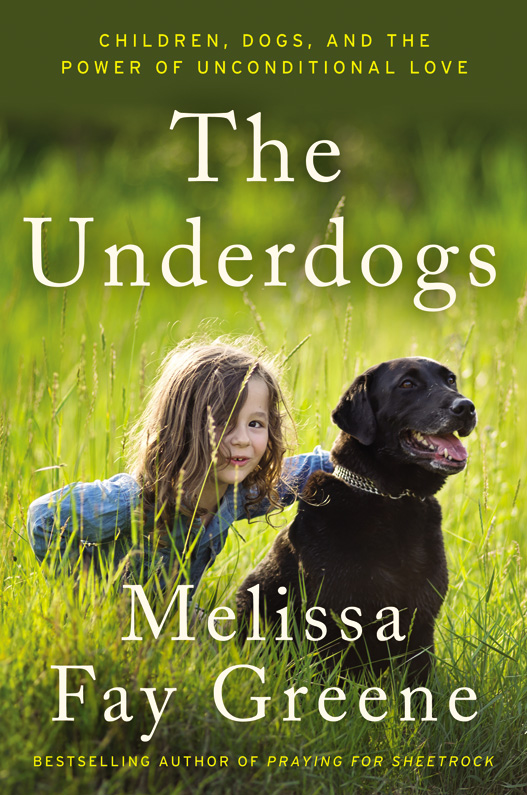I live with dogs: three small- to medium-sized ones relentlessly, and an extra one on weekdays. Everyone lives with dogs. Whether or not they belong to us; whether or not we mind being awakened by their twitching, snorting, and pursuit of dream-rabbits in our beds at night; and whether or not we are amused by their standing on the open door of the dishwasher after dinner in full view of our guests, licking the dinner plates clean, we are surrounded by dogs. Humankind has lived with canine-kind for a long time. By 33,000 years ago in Siberia, there may have been domesticated dog food, according to archaeologists. By 10,000 years ago, prehistoric dog-lovers were burying their dogs in carefully prepared graves: one dog had been arranged to look like he was sleeping, one wore a collar decorated with deer teeth, and one had been put to rest alongside small-scale implements that might have been his toys.
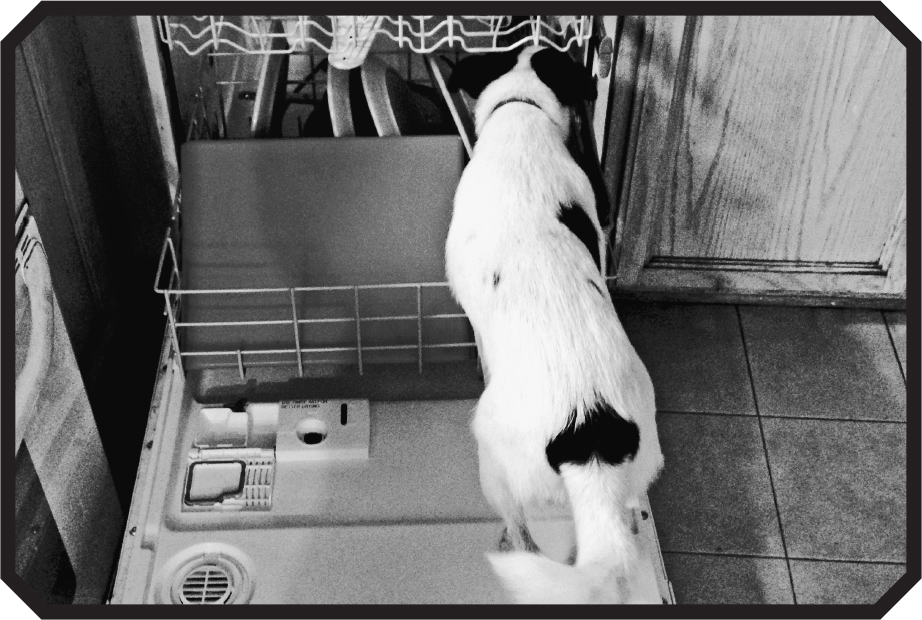
Samuel, Lily. Zizou in dishwasher. August 2, 2013. Photograph. Atlanta, Georgia.
Today many humans feel a magnetic attraction to dogs. A babys attention is riveted the first time she sees a dog. Her breathing changes and her heart rate speeds up and the expression on her face seems to express, with wonder and delight: Well hello! Do you live here, too?
At the far end of a human life span, a dog is among the last things recognizable to a patient wasted by neurodegenerative disease. Memory for facts, faces, and autobiographical details may have been lost; intelligence, sense of humor, and creativitygone; and the ability to stand, speak, sing, clap, or laugh extinguished. And yet, if a therapy dog is led into a nursing home to the side of a patient with dementia, it sometimes kindles a powerful reaction, as if the ravaged interior canyons held a few last exhalations of joy. Im so sorry but I just dont recognize you people standing at my bedside, showing me knickknacks, and weeping. Butoh my goodness!who is this now?! Here is someone special! I know you.
Ive seen it myself, in a severely compromised child, during one of many visits over the last few years to 4 Paws for Ability, a nonprofit service dog academy in Xenia, Ohio, and a world leader in training assistance dogs for children with autism, seizure disorder, Down syndrome, attachment disorder, fetal alcohol syndrome, post-traumatic stress disorder, and other physical and invisible disabilities. To date, 4 Paws has placed nearly a thousand dogs in the United States and abroad. In class one month, there was a multiply handicapped boy of indeterminate age with severe cognitive and physical impairments. He was tilted far back in a massive motorized wheelchair and spent part of each hour on a ventilator. His mother, grandparents, and sister attended the class, as well as a full-time nurse who often took the boys pulse and temperature and sometimes pounded on his chest, alarming us all. What could a dog mean to this child who seemed to tremble on a narrow rim of life?
A gorgeous black Labrador retriever was led into the room and across the training circle by Jessa Kenworthy, a young trainer (now a senior trainer) crisply dressed in khaki slacks, white sneakers, and a white polo shirt with the 4 Paws logo. The little boys wheelchair had been sprinkled with dog treats. The Lab put two broad paws up on the arm of the wheelchair, leaned in to vacuum up the treats, and then snuffled in closer, moving up and down the boys chest, neck, and chin with shallow sniffs. With a great bovine nose, she suctioned the almost-translucent little hands lying on top of the blanket. Under the oxygen mask, a pale ageless face contorted, the lips stretching sideways. We couldnt see the childs eyes. Was he expressing fear? Was he having a seizure? I looked from the mother on one side of the wheelchair, to the nurse on the other side, to Jessa standing back while loosely holding the lead and I wondered if someone ought to restrain the dog, protect the child. A weird whining sound came out of the boys nose. But it wasnt a cry of terror. The child seemed to be wheezing... with laughter. The expression on his facewe could make it out nowwas an enormous lopsided grin. He kicked his feet in mirth. In the circle of folding chairs, the rest of us laughed with relief and pleasure. The gleaming dog looked around at us, opened her mouth, and whipped her tail back and forth as if she were laughing, too.
Our bond with dogs is an ancient facet of our humanity: among the first passionate lifetime interests to be revealed, among the few identifiable features still intact where there is cognitive disarray, and among the last of our personality traits to deteriorate as we near the end.
SPELUNKERS EXPLORING A CAVE in the South of France in 1994 stumbled into a cavern of rock-wall paintings. The leaping, vibrant images would be dated to before 30,000 BCEthe oldest paintings in Europeand would be hailed as among the most beautiful works of art of all time. La Grotte Chauvet-Pont dArc, the Chauvet Cave, is basically the Sistine Chapel of the Upper Paleolithic.
Nearly overlooked, fossilized on the floor, were markings less colorful but equally spectacular: 26,000-year-old footprints made by an eight- to ten-year-old child of the Homo sapiens. To this day, they are the oldest known human footprints in Europe.
The third remarkable discovery in the Chauvet Cave was this: alongside the childs prints appear the plodding footprints of a large canid. A Paleolithic wolf, a proto-dog, a wolfdog, a dogwhatever we call it now, the animal lived during the mysterious span of time when the evolutionary line of dog began to diverge from a now-extinct subspecies of Canis lupus, the gray wolf.
The path was narrow and the footprints may not overlap, suggesting that Kid & Canid strolled side-by-side, rather than leaving imprints in the mud at different times. The Wolfdog seems to have accompanied rather than chased the child, and at a calm pace, too, not like predator and prey, according to some expert trackers. And, given the absence of bones in the cave, the toothy carnivore seems not to have eaten the vulnerable little human. Of course its conjecture, but one can imagine the pair of them: the child lifting a torch with one hand to take in the vibrant galleries while resting the other hand lightly on the bristly fur of the animals backfor balance, or in friendship, or for reassurance in the pitch-dark recesses of the grotto.
EVEN THOUGH ITS UNCLEAR WHERE it happenedEast Asia? Europe? Russia? the Middle East? central Asia? Siberia? southern China?and no one knows for sure when these events began12,000 years ago? 20,000 years ago? 30,000 years ago?and its unclear why or how it started; and its possible that the transition happened more than once, in more than one part of the world; and its pretty clear that even as it was under way, there was backsliding and cohabitation with wild friends and relations, the domestication of dogs was the first event of its kind in the march of human civilization.
Often it seems incredible that the wolf-to-dog alchemy worked. We marvel that these keen-nosed sharp-toothed predators swapped out their pursuit of large game and their howling convocations under the stars for plush squeaky squirrels, monogrammed bowls, and a romp in the dog park. We do know that dogs were domesticated 20,000 years before sheep. Perhaps in another 20,000 years, we will have

